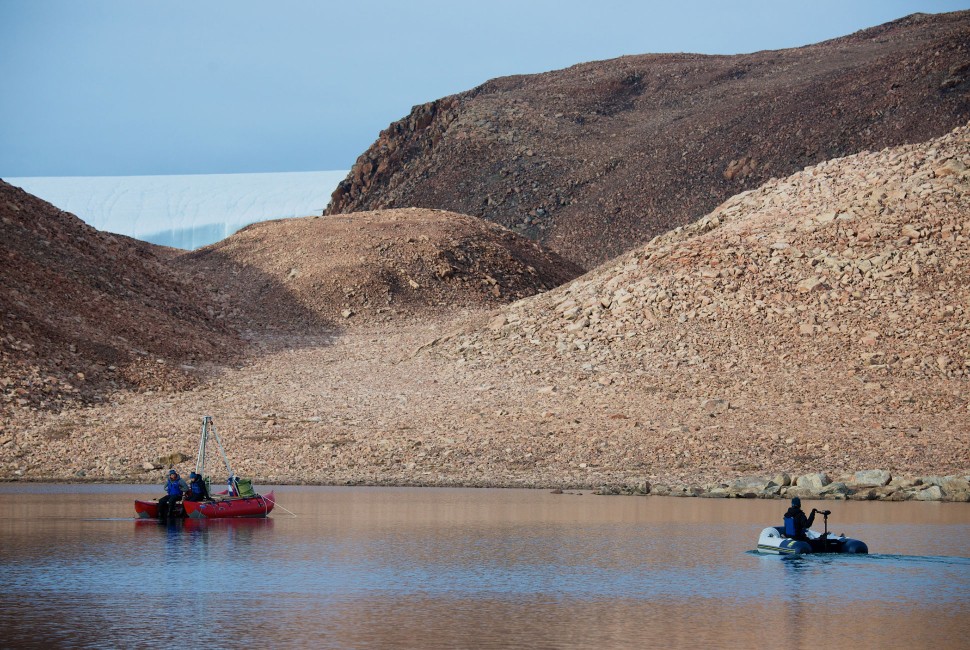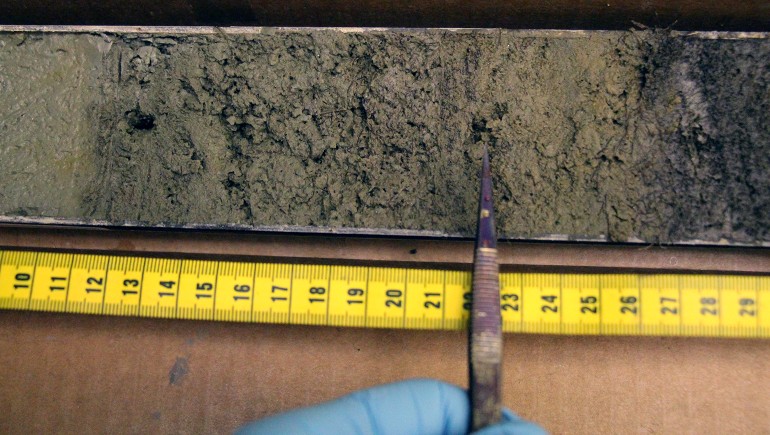By studying fossils from ancient aquatic plants, Northwestern University and University of Wyoming (UW) researchers are gaining a better understanding of how methane produced in Arctic lakes might affect — and be affected by — climate change.
In a new study, the researchers examined the waxy coatings of leaves preserved as organic molecules within sediment from the early-to-middle Holocene, a period of intense warming that occurred due to slow changes in Earth’s orbit 11,700 to 4,200 years ago. These wax biomarkers — which were once a part of common aquatic brown mosses — were preserved in sediment buried beneath four lakes in Greenland.
Monitoring changes in methane levels
By studying these biomarkers, the researchers discovered that past warming during the middle Holocene caused lakes across a wide range of Greenland’s climates to generate methane. Because methane is a more potent greenhouse gas than carbon dioxide, any changes in methane production with warming are important to understand.
Currently, researchers have incomplete knowledge of how much methane is produced in Arctic lakes and how ongoing warming will affect methane production. The new study suggests that warming potentially could lead to a previously under-appreciated flux in methane emissions from lakes.
The study was published Sept. 29 in the journal Science Advances.
“Last time Greenland lakes experienced major warming, we were coming out of the last ice age, and it took some time for the conditions to develop for lake methane cycling to increase,” said Jamie McFarlin, who led the study. “But once it developed, the lakes in our study maintained an intensified methane cycle for thousands of years until the onset of the naturally driven late Holocene cooling. This supports a climate dependence on lake methane cycling in some Arctic lakes.”
“These data show increased periods of methane cycling during past warm periods,” added Magdalena Osburn, the study’s senior author. “Living on a warming planet, we can look to these signs from the past to help predict our future. We suspect this process is going to become more and more important in the future of these lakes.”
When the research began, McFarlin was a Ph.D. student at Northwestern; now she is an assistant professor at UW. Osburn is an associate professor of Earth and planetary sciences at Northwestern’s Weinberg College of Arts and Sciences. Osburn co-advised McFarlin with Yarrow Axford, William Deering Professor in Geological Sciences at Weinberg College and the paper’s second author.



